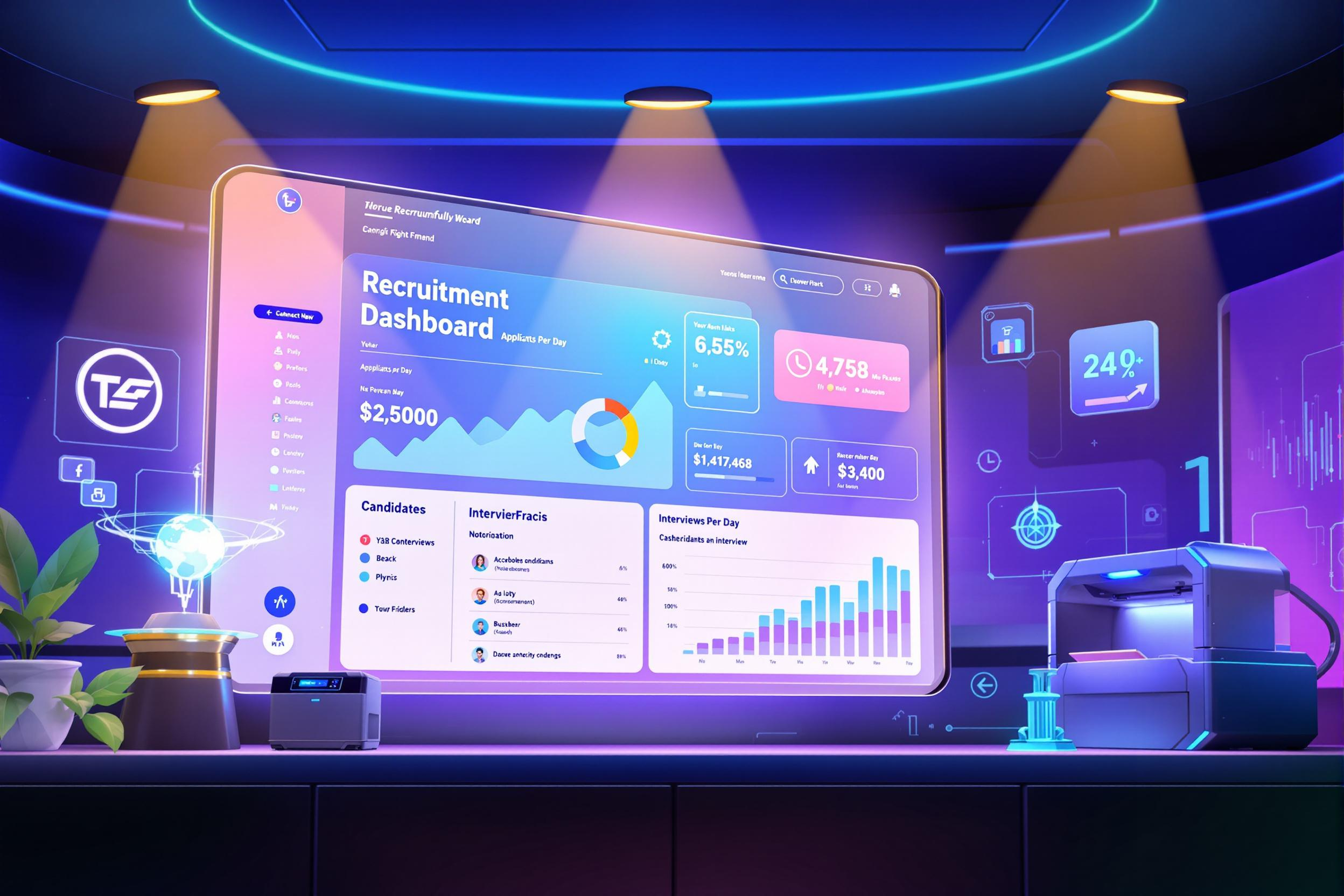
Transportation Demand Management
Transportation Demand Management (TDM) is a set of strategies and policies that help organizations and cities manage how people travel. Think of it like traffic flow planning that focuses on making the best use of existing transportation systems rather than building new roads. It includes things like encouraging carpooling, setting up flexible work hours to reduce rush hour traffic, promoting public transit use, and creating better walking and biking options. The goal is to reduce single-car trips and make transportation more efficient, which helps with traffic congestion, parking problems, and environmental concerns. You might also see it called "mobility management" or "travel demand management."
Examples in Resumes
Developed and implemented Transportation Demand Management strategies that reduced single-occupancy vehicle use by 25%
Created successful TDM programs for major employers, resulting in 30% increase in alternative transportation use
Led Transportation Demand Management initiatives including carpool matching and transit subsidy programs
Managed Travel Demand Management projects for corporate campus relocations
Typical job title: "Transportation Demand Management Coordinators"
Also try searching for:
Where to Find Transportation Demand Management Coordinators
Professional Organizations
Job Boards
Professional Networks
Example Interview Questions
Senior Level Questions
Q: How would you develop a TDM program for a large corporate campus relocation?
Expected Answer: A senior candidate should discuss conducting travel surveys, analyzing commute patterns, engaging stakeholders, developing multiple transportation options, creating incentive programs, and measuring program success through clear metrics.
Q: How do you measure the success of a TDM program?
Expected Answer: Should explain key performance indicators like mode split changes, reduction in single-occupancy vehicle trips, program participation rates, cost savings, and environmental impact measurements.
Mid Level Questions
Q: What strategies would you use to encourage employees to use alternative transportation?
Expected Answer: Should discuss practical approaches like transit subsidies, carpool matching programs, flexible work hours, bike facilities, and how to communicate these benefits to employees.
Q: How would you handle resistance to a new TDM program?
Expected Answer: Should demonstrate experience with change management, stakeholder communication, addressing common concerns, and showing the benefits of TDM programs through real examples.
Junior Level Questions
Q: What are the basic elements of a TDM program?
Expected Answer: Should be able to list main components like carpooling, public transit, bicycle programs, flexible work hours, and basic promotion strategies.
Q: How would you promote a new transit subsidy program to employees?
Expected Answer: Should discuss basic marketing and communication strategies, including email announcements, information sessions, and working with HR to reach employees.
Experience Level Indicators
Junior (0-2 years)
- Basic understanding of transportation options
- Program coordination and administration
- Communication and marketing skills
- Data collection and basic reporting
Mid (2-5 years)
- Program development and implementation
- Stakeholder engagement
- Budget management
- Analysis of transportation patterns
Senior (5+ years)
- Strategic program planning
- Policy development
- Project management
- Team leadership and stakeholder management
Red Flags to Watch For
- No understanding of basic transportation options and commute patterns
- Lack of experience with program coordination or management
- Poor communication or interpersonal skills
- No experience with data collection or program evaluation
Related Terms
Need more hiring wisdom? Check these out...

Cutting HR Costs Without Sacrificing Quality: A How-To for Savvy Executives

Unlocking Team Potential: Personality Mapping for Dynamic Management

Talent Acquisition Automation: Revolutionizing Recruitment

